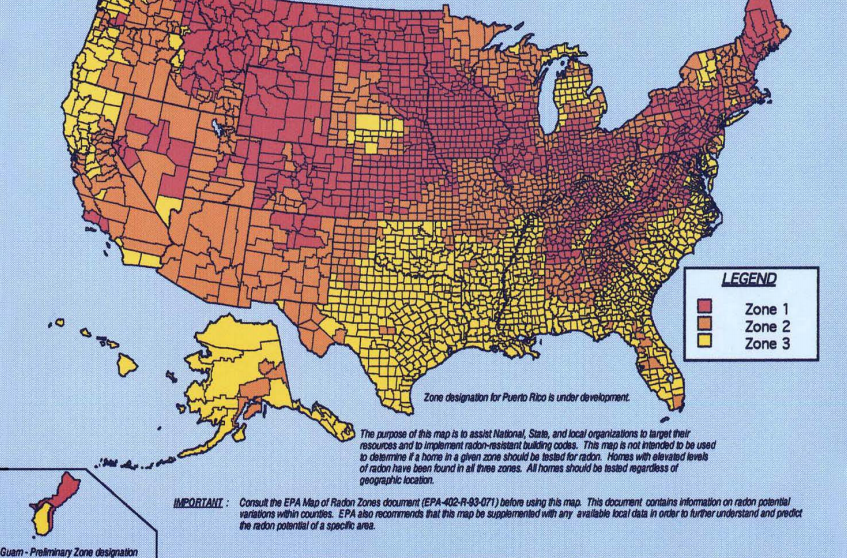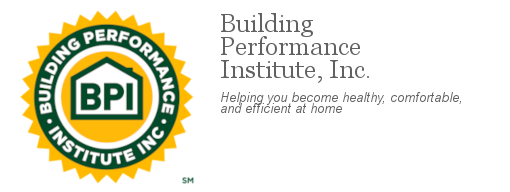The "Things You Should Know" blog series covers home health, safety, and comfort information that homeowners and renters should know, but might not. Email your topic suggestions to qkorzeniecki@bpi.org.

Most homeowners recognize the threat of carbon monoxide poisoning, but there is another silent risk that could be lurking in our homes: radon.
Radon is a colorless, odorless gas that can easily go undetected, potentially causing long-term health effects. According to the U.S. Environmental Protection Agency (EPA), radon is the number one leading cause of lung cancer among non-smokers. Overall, it is the second leading cause, responsible for about 21,000 lung cancer deaths each year.
Per Ryan Richie, Director of Sales at RadonAway, “Radon will kill over 100,000 people in the next five years and impact countless others. While it is naturally occurring, radon accumulates to unhealthy levels indoors and must be addressed. Fortunately, the public is becoming more aware of its impact and taking the steps to test and fix their homes.”
If you know where to start, it is easy to test for and “fix” this serious health threat.
How Does Radon Get into My Home?
Any home can have a high level of radon, whether it is new or old, has a basement, or is built on a slab. It can leak through cracks in a concrete slab, pores and cracks in concrete blocks, through openings around your sump pump, around loose fitting pipes, and might even be found in your water.
Everyone breathes in some level of radon every day, but usually at very low levels. Certain parts of the country are more susceptible to higher exposure levels; use this map to see your area’s radon levels.
How Can Radon Affect Me and My Family?
The main way that radon affects homeowners is through inhalation. Radon that enters the home through the ground, groundwater, or is trapped in building materials enters the living space and disintegrates into its decay products.
While radon is a common problem in homes, it is also found in schools where children spend a good part of the day. Learn more about radon testing in schools here.
How Can I Test for Radon?
Because you can’t see or smell radon, testing is the only way to know your level of exposure. The U.S. EPA estimates that as many as 8 million homes throughout the nation have elevated levels of radon. State surveys also show that 1 in every 5 homes has elevated exposure levels.
Testing your home is inexpensive and easy to do, taking no more than a few minutes of your time. You can find and purchase a home radon test either through your state’s Department of Health, hardware stores, or the hardware section of your local department store.
Keep in mind that homes that are next door to each other can have different indoor radon levels and levels can also vary depending on temperature and weather.
What Should I Do if My Radon Levels are Too High?
The U.S. EPA recommends that homeowners take action to reduce the radon level in their home if it is at or above 4 picocuries per liter (pCi/L) of air. The WHO (World Health Organization) urges action at 2.7 pCi/L.
While there are do-it-yourself measures that can be taken to remediate radon levels, some DIY jobs can actually increase the level of radon in a home. Therefore, it is recommended that you contact your state EPA office for a list of qualified radon mitigation contractors.
Radon mitigation contractors will help you understand your test results and help you decide which radon control system would be right for your home. They can also provide tips for keeping your home safe in the future.
If any remediation is done, make sure to test your home again to be sure it worked.
Knowledge is power. Testing for, and, if necessary, dealing with radon in your home will keep you and your family healthy and safe in the long run.
Thanks to Ryan Richie, Director of Sales at RadonAway, the largest manufacturer of radon mitigation equipment and testing devices, for contributing his expertise to this post.

Follow us